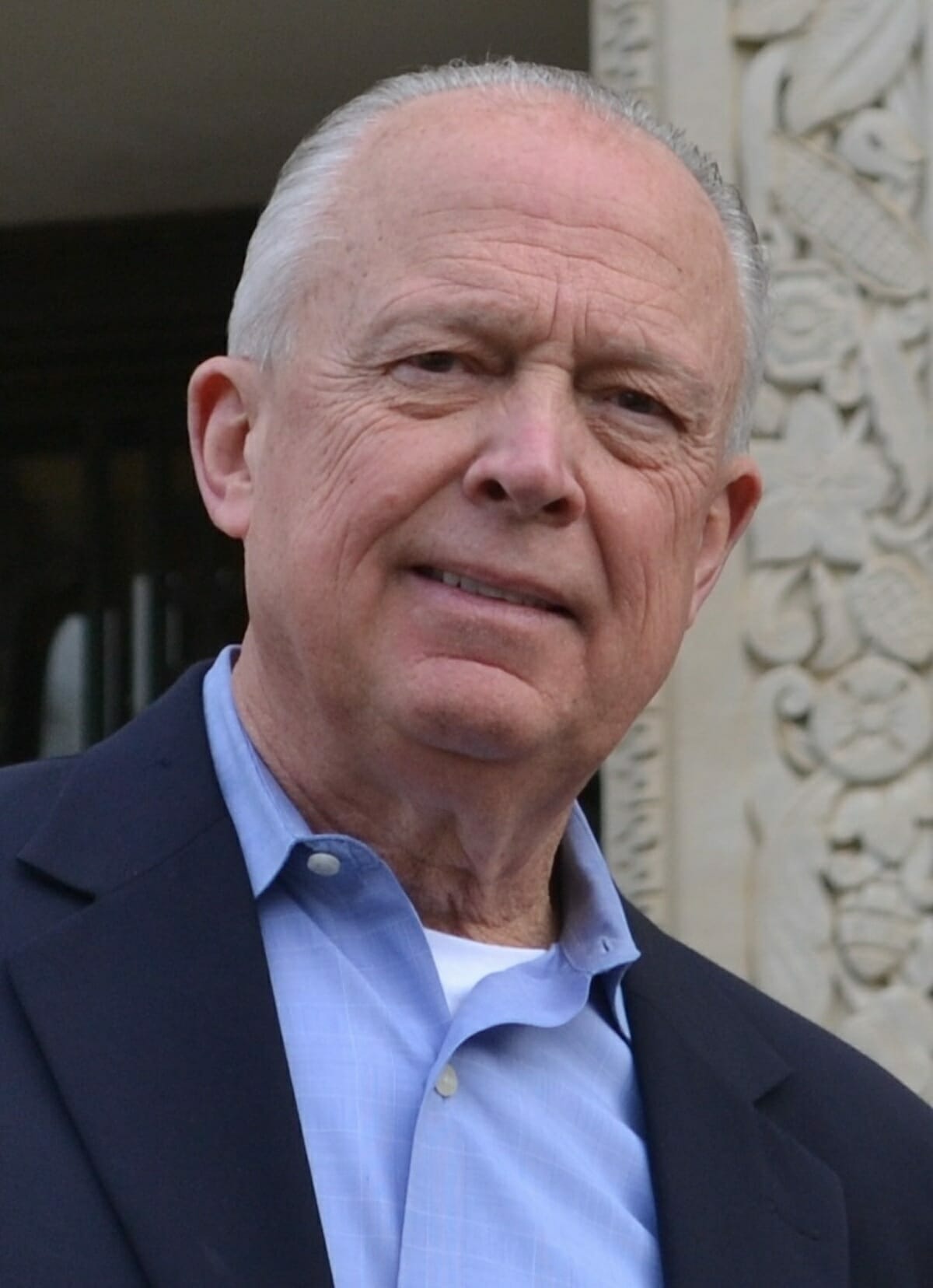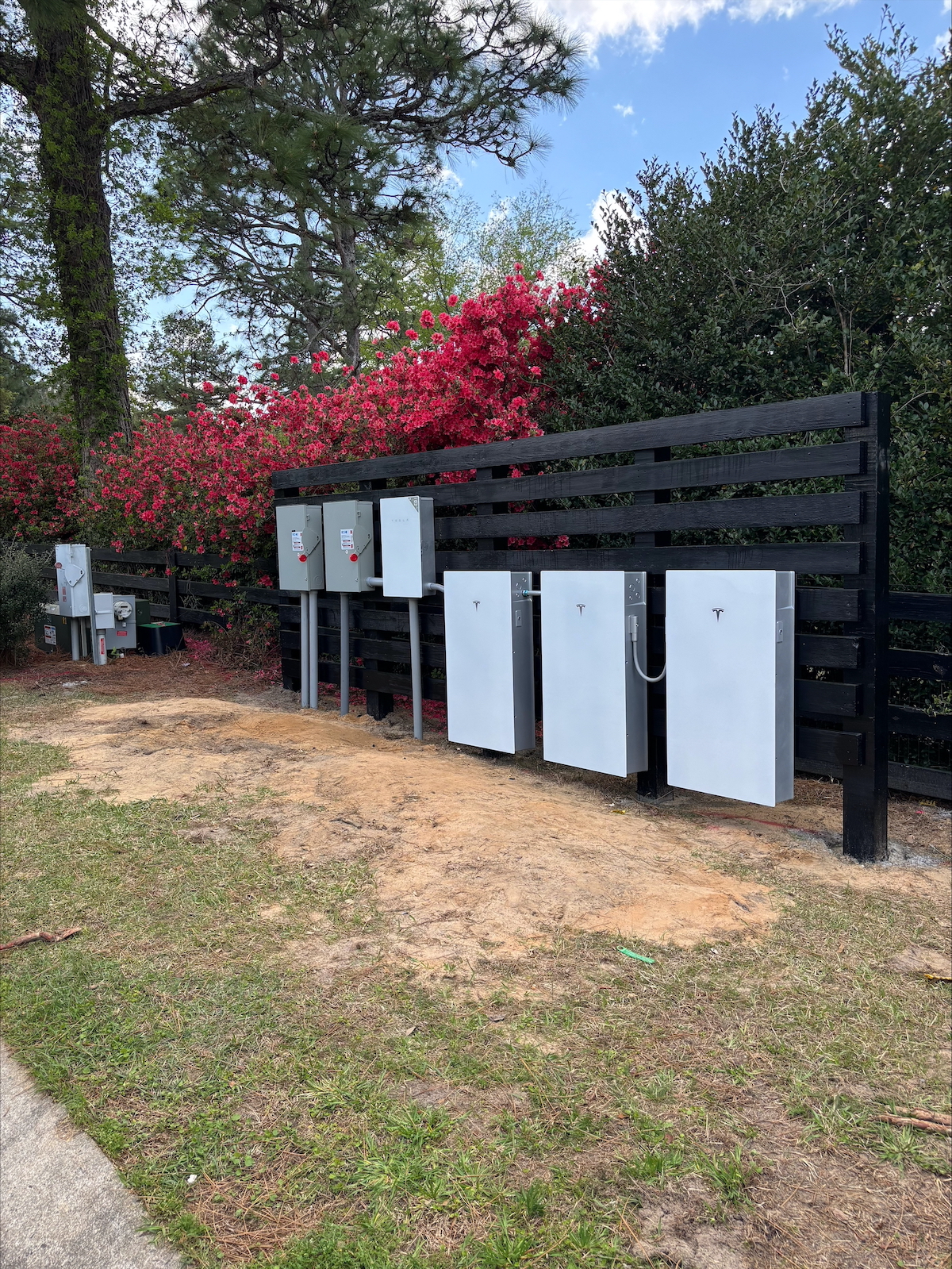By Richard Eckstrom
State government travel costs plunged in fiscal year 2021. That’s good news. To be sure, it’s because of the pandemic. But if it can be done one year, there’s no reason it can’t be done every year.
I’ve long pushed for common-sense limits on publicly-funded travel. State agencies spend tens of millions of dollars each year on travel to conferences, workshops and retreats, as well as the related costs of meals, lodging and event registration fees. These costs help balloon agency budgets and collectively add to the burden placed on taxpayers, and their value to the public has always been difficult to size up.
Certainly, there are public officials who must travel to carry out their duties. And there are times when it can pay off in tangible ways, such as recruiting new industry.
But a lot of government travel is simply unnecessary – especially now, in a day and age of internet streaming and video-conferencing. Plane tickets are increasingly a frivolous expense. And there’s apparently a strong temptation to travel in extravagance when it’s on the public dime. You may have heard accounts of politicians attending “conferences” of some sort in needlessly far-flung, vacation-type destinations.
At the very least, this category of spending warrants special scrutiny.
Last month, I released the 2021 Travel Report. Part of my office’s broader fiscal transparency efforts, the annual report shows how much state agencies, including public colleges and universities, spend on travel. It ranks them by amount and lists the highest spenders in each agency. The purpose is to shine a light on public officials’ travel spending and invite scrutiny – a necessary ingredient for healthy government – from within and from outside state government.
This year’s report shows that state entities spent just over $20 million on travel in the fiscal year that ended June 30. That’s less than a third of the $65.7 million spent the previous year. The top spenders were:
- Department of Health and Environmental Control (DHEC): $2,236,127
- Medical University of South Carolina (MUSC): $2,050,732
- Clemson University: $1,396,302
- S.C. House of Representatives: $1,304,952
- University of South Carolina: $900,201
- Judicial Department: $661,172
- Department of Transportation: $653,187
- Department of Education: $619,405
- Department of Labor, Licensing and Registration: $573,372
- Department of Health and Human Services: $493,585
A frequent refrain among the defenders of government travel is that it allows for valuable training, education, idea-sharing or networking. Again, that kind of thing is hard to measure. But the benefits of cutting back are clear: Reducing travel last year likely saved some $45 million or more.
And we’re no worse off for it.
The reined-in travel had no discernable impact on agencies’ performance, nor will it, … which goes to prove that most publicly-funded travel isn’t vital. State officials must resist going back to pre-pandemic travel habits. We can and should get serious about keeping these costs in check.
(The 2021 Travel Report is available online at cg.sc.gov. Click “Fiscal Transparency” from the banner near the top of the home page. On the next page, click “State Travel Spending Reports.”)
Richard Eckstrom is a CPA, the state Comptroller and President of the National Association of State Auditors, Comptrollers, and Treasurers.








